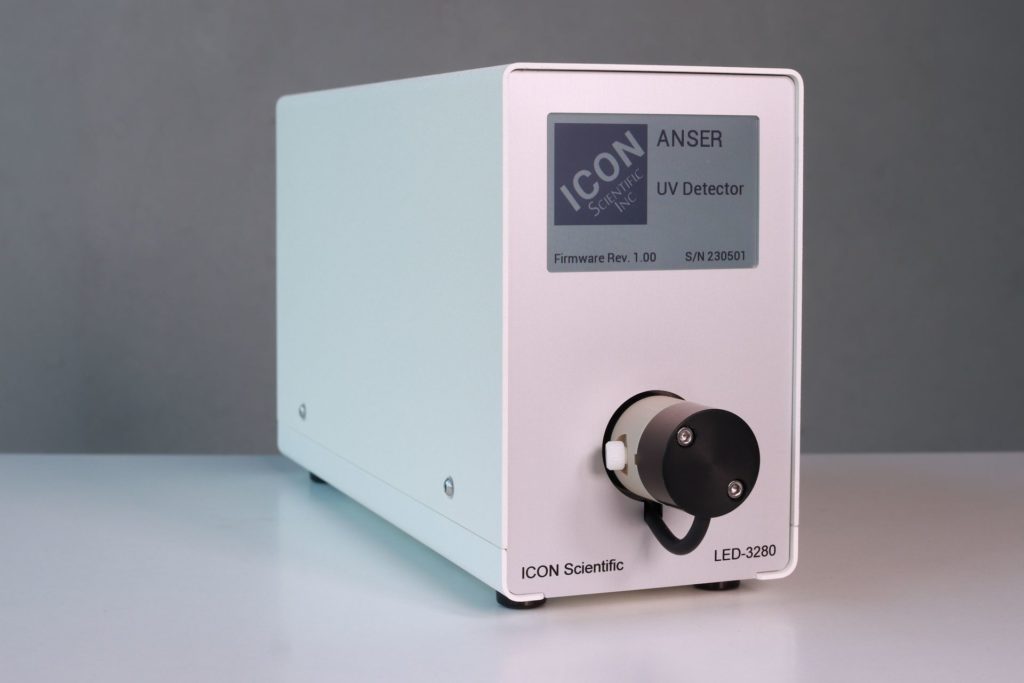For several decades, UV detectors have played a pivotal role in advancing liquid chromatography techniques across various applications. From low-pressure to ultra-high-pressure liquid chromatography, these detectors have been instrumental in achieving precise analytical results. In particular, the integration of UV detectors with remote flow cells has proven to be a significant breakthrough, offering advantages in terms of peak broadening reduction and application versatility.

Benefits of Remote Flow Cells
Traditionally, UV detectors in liquid chromatography systems have employed a flow cell positioned on the front of the UV detector. However, the introduction of remote flow cells has opened up new possibilities. Placing the flow cell at the end of the column minimizes dead volume between the UV detector and the column, resulting in reduced peak broadening. This innovation is especially beneficial in fast protein liquid chromatography (FPLC), preparative liquid chromatography, and on liquid chromatography process skids.
In certain scenarios, having a remote flow cell becomes imperative. For instance, in processes involving flow reaction chemistry systems, the advantages of remote sensing are particularly pronounced. The use of fiber optics in UV detectors with remote flow cells further enhances their applicability and efficiency.
Applications of Remote Flow Cells
The primary applications benefiting from UV detectors with remote flow cells are diverse, ranging from fast protein liquid chromatography to preparative liquid chromatography and liquid chromatography process skids. Additionally, these detectors find utility in the separation and purification of PET isotopes, where the flow cell can be strategically placed within a radioactive environment while the UV detector remains outside, ensuring safety and precision.
Challenges and Solutions
One of the key challenges in implementing UV detectors with remote flow cells is the need for special fiber optic cables. Standard fiber optic cables are unsuitable for the UV region. The length of these cables is crucial, with applications sometimes requiring cables as long as 10 meters. However, three-to-four-meter fiber optic cables are commonly used in most scenarios.
The sizing of fiber optic cables involves meticulous measurement of the UV detector’s front and the placement of the flow cell. Maintaining an appropriate bend radius is essential to prevent damage to the delicate glass fibers within the cable casings. Despite the rugged appearance of the casings, it’s crucial to remember that the fibers themselves are made of glass, requiring careful handling to ensure their integrity and longevity.
In conclusion, the integration of UV detectors with remote flow cells represents a significant advancement in liquid chromatography technology. The benefits include reduced dead volume, minimized peak broadening, and enhanced versatility in various chromatography applications. As technology continues to evolve, the synergy between UV detectors and remote flow cells is likely to play a crucial role in pushing the boundaries of liquid chromatography, opening doors to new possibilities in fast protein liquid chromatography (FPLC), preparative liquid chromatography, process liquid chromatography, the separation of PET isotopes, flow chemistry applications and beyond.